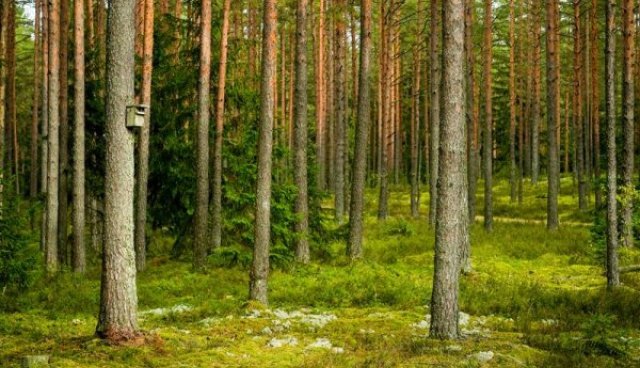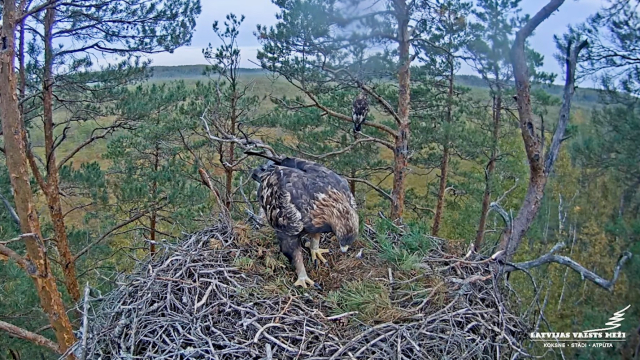
Environmental expert, Gaidis Grandāns, found rare species of wood fungi in Latvia in the Preiļu forest section of the South Latgale region of JSC "Latvia’s State Forests" during an environmental survey for the reconstruction of the forest road "Gribolvas ceļš".
A very rare species of poplar, Anomoporia bombycina, is found on large-sized spruce branches throughout Latvia and Northern Europe. This mushroom species is characterized by thin and short-lived fruiting bodies with a bluish, lavender, or grayish hue. The species was discovered in Latvia in 2016. In total, more than 20 species are known, most of which have been found in the Gauja National Park.

In picture: the short-spored whitefly Skeletocutis brevispora
On the other hand, the short-spored whitefly Skeletocutis brevispora was found on the old fruiting bodies of the dark-brown hard-leaved woodpecker Phellinus ferrugineofuscus. As a species new to science, this species was described relatively recently - in 1998 in Finland. The species is very rare throughout its range. Deposits of more than 30 species are known in Latvia. This species is able to develop only on old fruiting bodies of the dark-brown hardy pine or on conifer wood that has been degraded by the dark-brown hardy pine. In addition, the mushroom itself is a specially protected and rare mushroom species in Latvia.


